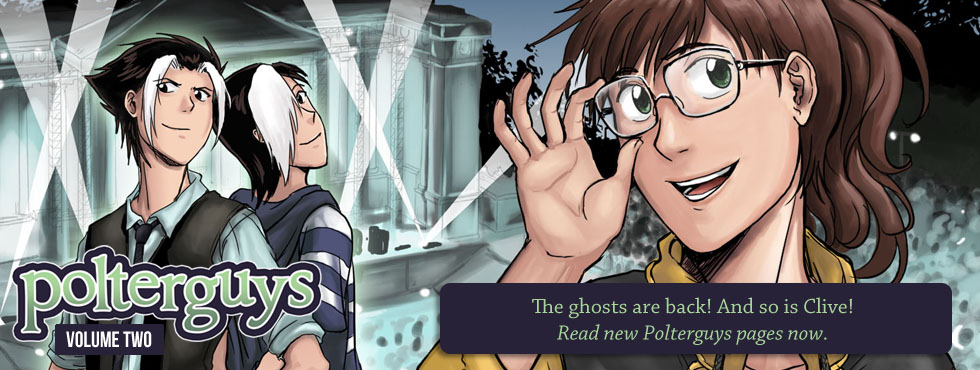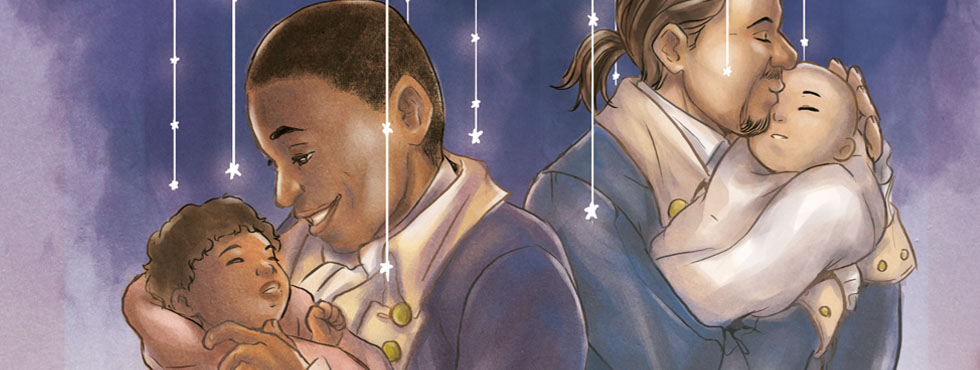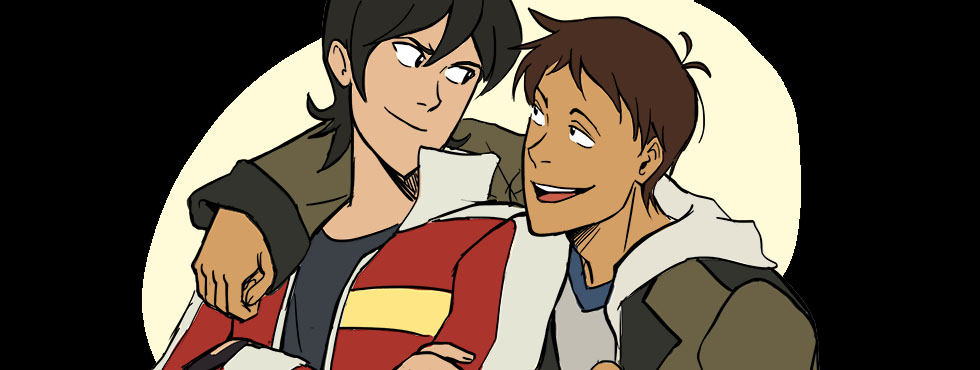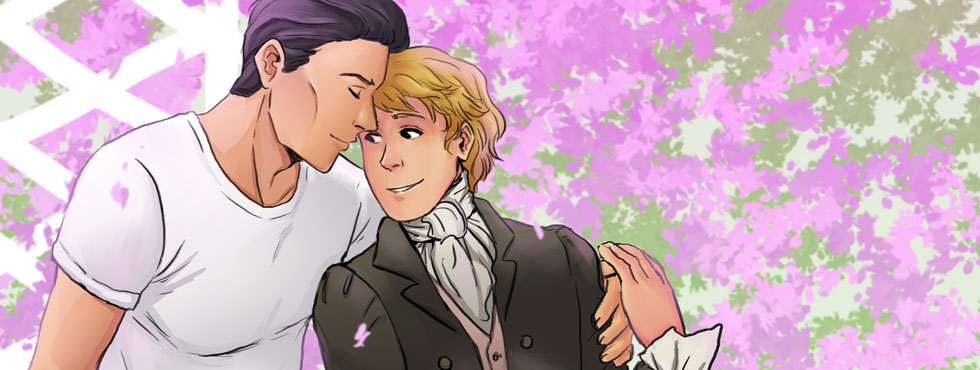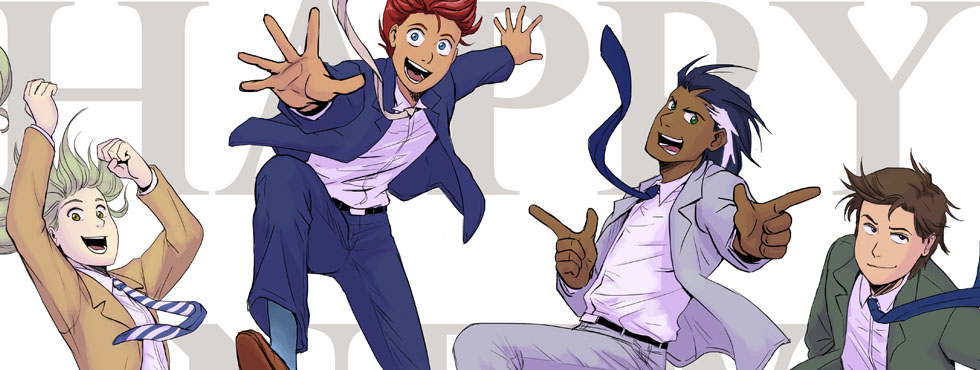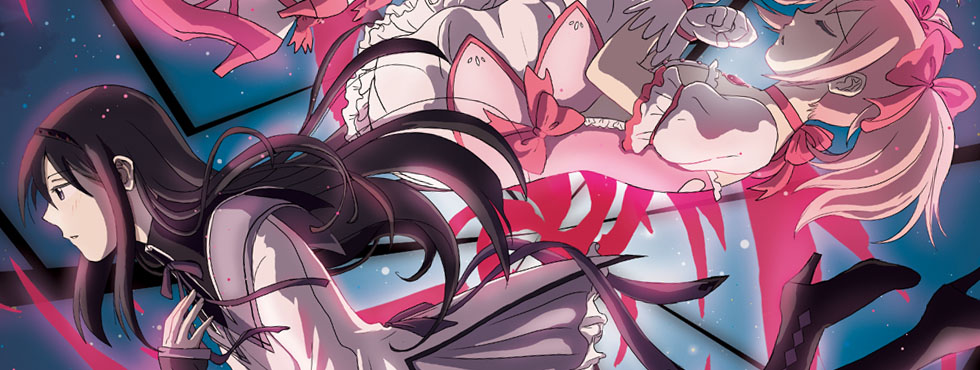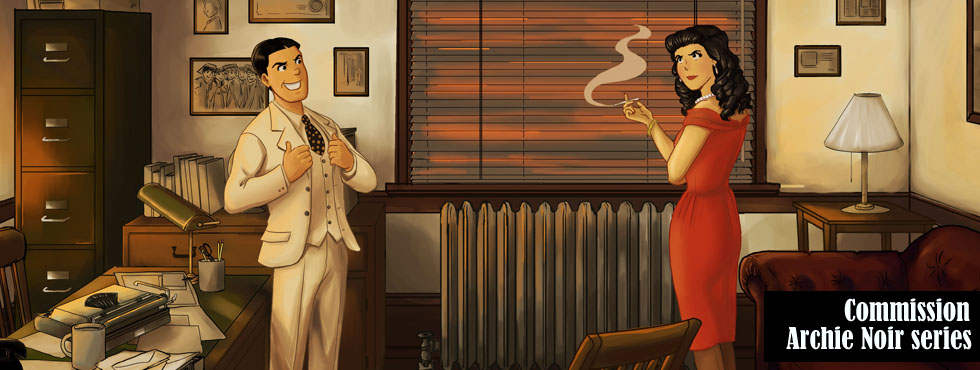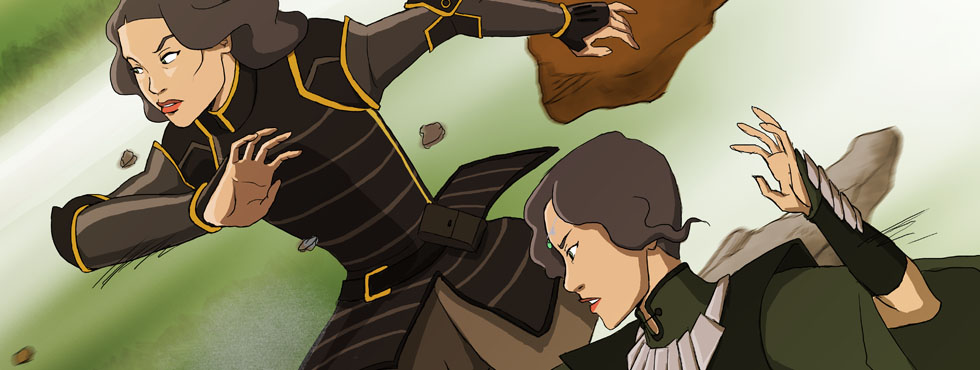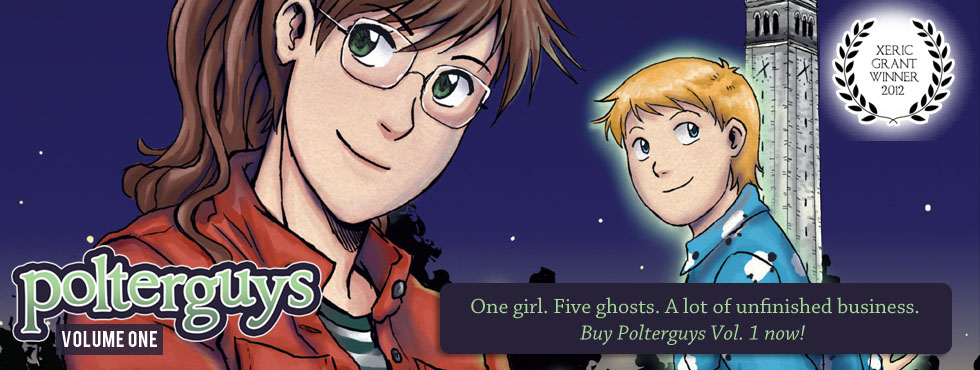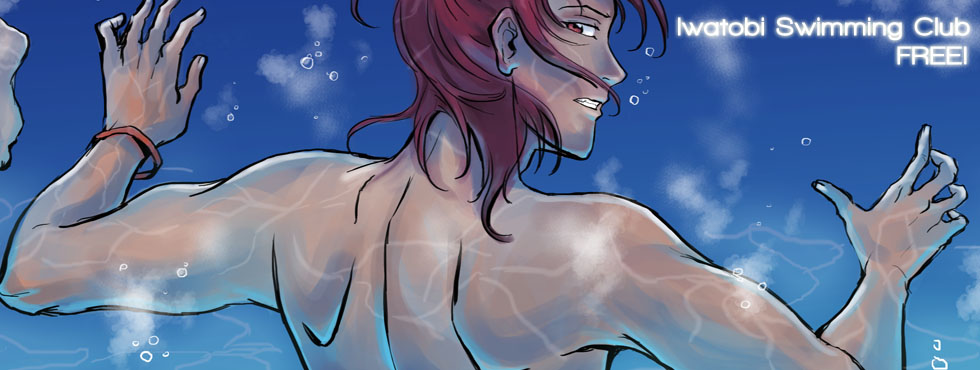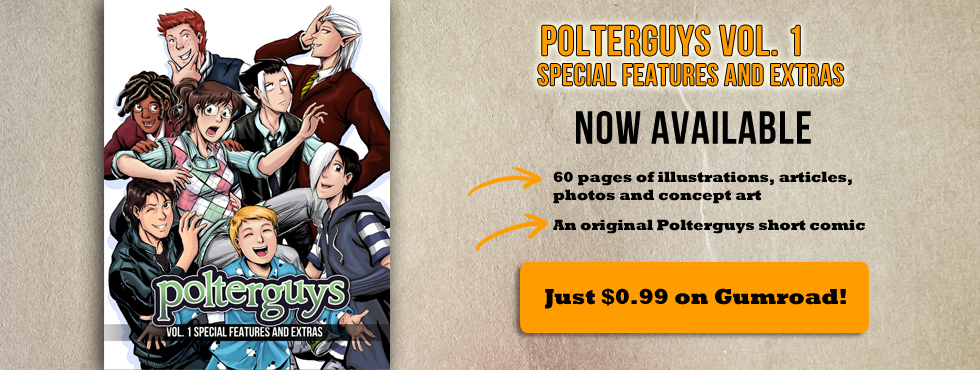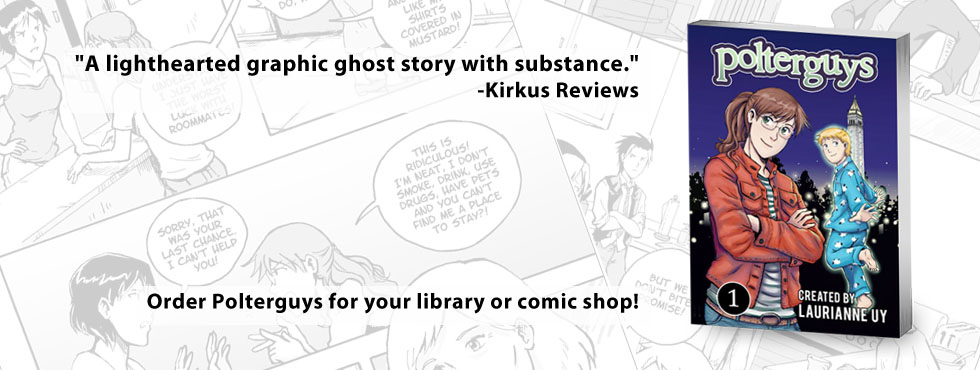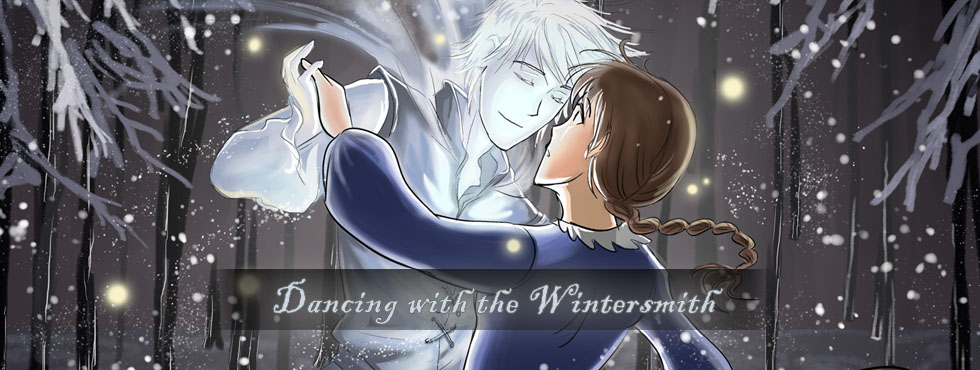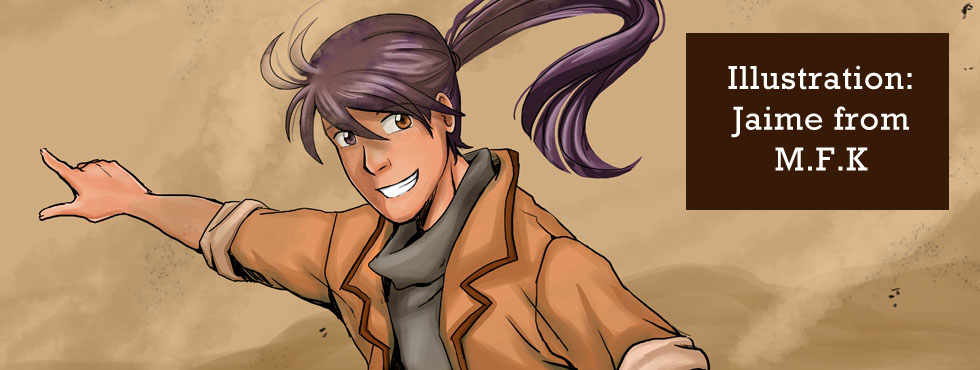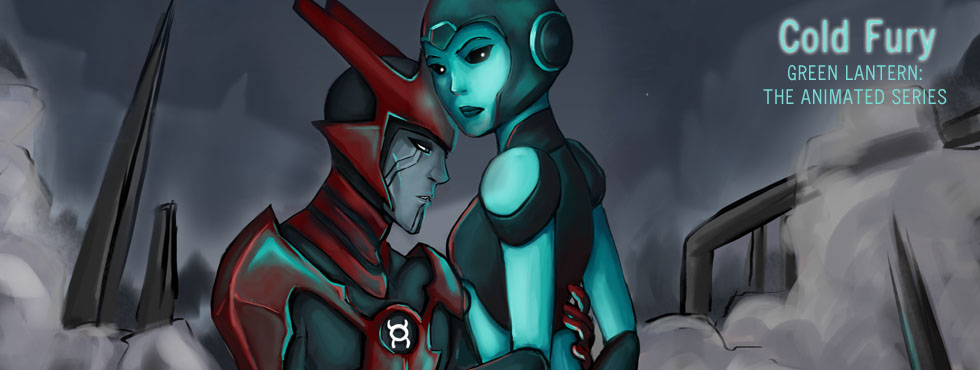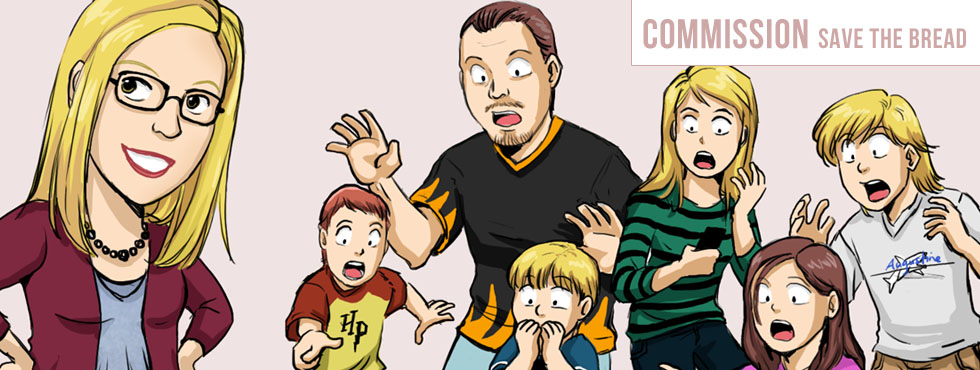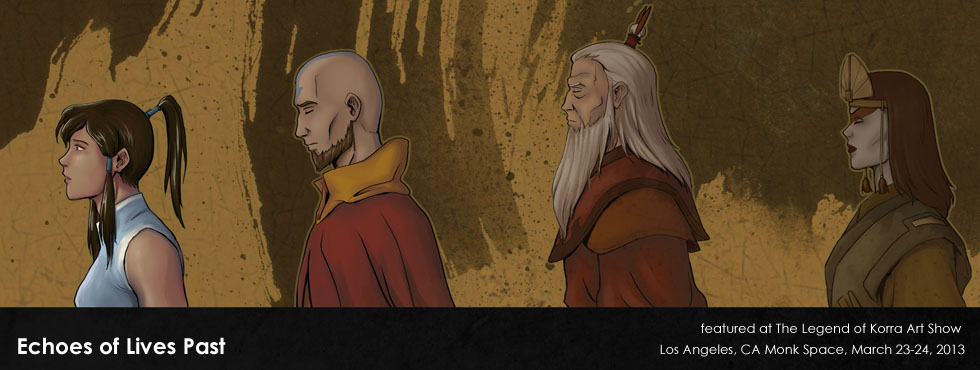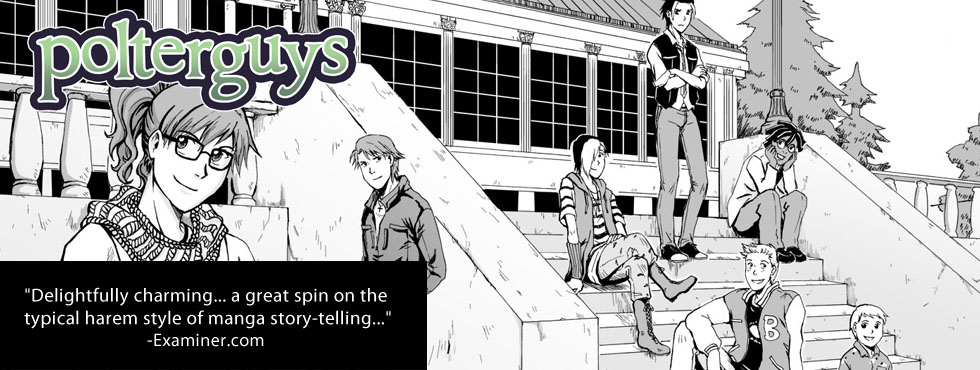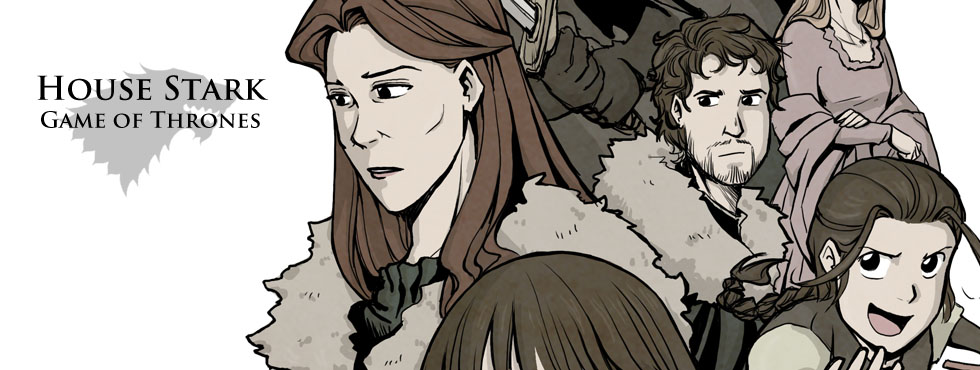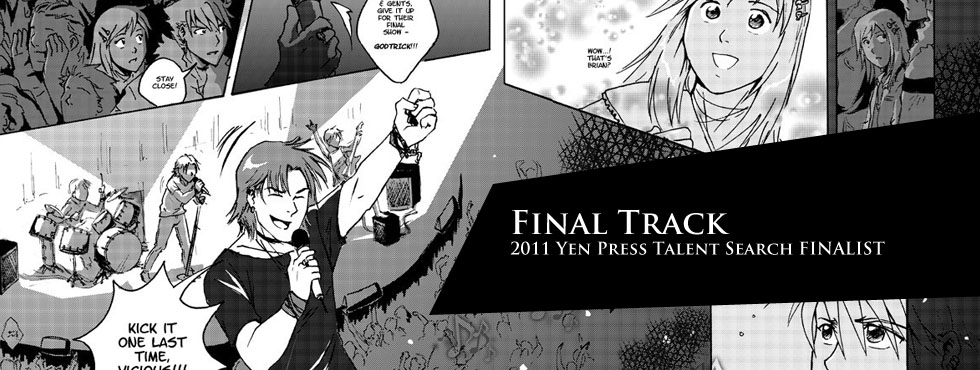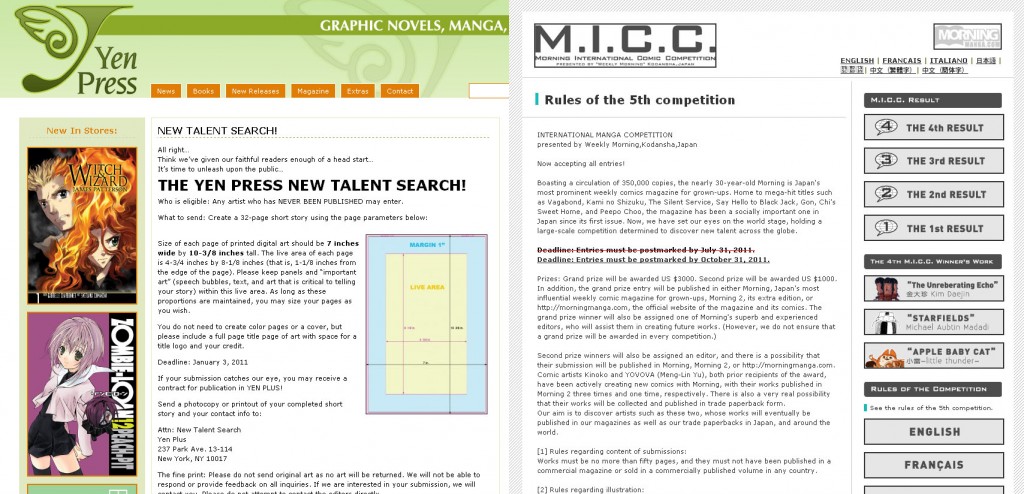Change up Your Routine to Get Unstuck
- At October 06, 2011
- By Laur
- In tips
 0
0
A couple of weeks ago, I assembled a DIY standing desk because I was feeling a little frustrated creatively. I was having a hard time concentrating and decided to rearrange my work on-the-fly. For the most part, it was a success. My elbows were at a comfortable 90 degree angle to the keyboard and tablet (thanks to my medicine box) and the mouse was elevated by a useful box of instant noodles filled with comic books. (See, Ma? They weren’t as bad as you said.)
The set-up didn’t last that long though. While I found my aimless surfing and scrolling about tumblr decreased, I found myself crashing on the couch in the living room more often from the sheer exhaustion of working. It was also around this time I was about to work on my second set of thumbnails. Since tolerating discomfort while drawing was not a good idea, I switched back to my old space. (with the exception of the elevated monitor. I’m not sure why I had it so low before but I’m much happier with the extra desk space!)
With the realization that work can actually be even more painful than it should be, I can actually focus a little better. (Nothing like a little perspective!) Anyway, sometimes it helps to change things up a bit especially when you’re feeling stuck. If you’re stuck art-wise, try experimenting with different media or work in a style that you’re not usually comfortable with. You could be surprised with the results!
Stephen Silver: The Passionate Opportunist
- At September 30, 2011
- By Laur
- In updates
 2
2

(Kim Possible cast by Stephen Silver)
I had the great fortune of listening to Stephen Silver speak Tuesday night in Burbank for Animation Nation. It’s always a fantastic experience to connect a real person with works of art that seem larger than life. In this case, Stephen was the character designer for iconic shows like Disney’s Kim Possible and Nickelodeon’s Danny Phantom.
He certainly came across as passionate! From the images he projected and just the way he carried himself (repeating the word ‘drawing’ as a life mantra!), he exuded an aura of infectious positive energy. He spoke about his background, work experience, self-publishing activities and urged his audience to fuel their enthusiasm for art by constantly drawing. Despite his lack of a traditional art education, he walked in to animation powerhouses like Disney, Warner Brothers and Nickelodeon.
I also came away with the distinct impression Stephen rarely said no to the opportunities life had tossed at him. By saying ‘Yes!’ to different kinds of challenges (backpacking in Europe! working for Seaworld!) and fearlessly presenting himself and his work out there (self-published art books! offering his art to local businesses!), not only did he keep himself busy and employed, he also banked on the connections and contacts he’s made throughout his career.
Seeing the sheer volume and variety of his work could easily be overwhelming but it was inspiring, too. To think that someone from such humble beginnings could rise to his prominence on sheer effort and will is encouraging. I admire his work ethic and appreciate the advice he dispensed related to art (which may have been directed at animation employees and students but felt applicable to visual artists like myself.)
“Excellence is never granted to man, but as the reward of labor.” ~ Sir Joshua Reynolds
Stephen said he wrote the quote above in all of his sketchbooks. I agree with the sentiment because great work shouldn’t just be attributed to vague notions of talent or genius. Skilled artists work on their craft tirelessly and the effortless nature of their art always masks the years of experience and toil for it. What makes the Stephen so brilliant is his dedication to the basics of drawing, his undying curiosity for subjects and experimentation and finally, his good nature and willingness to connect with people. Success didn’t just happen to him; this guy made it happen all the way.
I hope you enjoyed this post! Feel free to comment below or share this with your friends by hitting any of the buttons above (Like on Facebook, +1 on Google+) or below.
10 Tips to Remember for Manga Competitions
- At September 22, 2011
- By Laur
- In tips
 0
0
I make no claim that getting chosen by Yen Press editors transformed me into a professional manga artist overnight. In fact, as you can read here the best part about “winning” the Yen Press Talent Search was getting editorial feedback and that was it. However, I think it’s a good exercise to review some best practices and share them with others who may be interested in joining contests similar to Yen Press’ in the future.
The first five tips involve thinking, research and planning: all of which are helpful in giving yourself good strong material with which to marry your artwork. The last five involve the actual production of the comic and make the work more dynamic.
1. Take the time to work on the story.
Think about how much time you think it will take you to create a story right now and triple it. I’m serious. The most important element in creating a comic is usually taken for granted. When executed well, a storyteller’s work can come across as effortless, easy to replicate. An artist with a story to tell does it justice by working at it, rewriting it over, seeking feedback for it and making it the best it can be.
2. Familiarize yourself with resources available to you.
Good resources can speed up your process and make you an efficient creator. If you’re lost just reading the competition rules (specs? DPI? resolution?), do your homework. If you want to create tones digitally, it’s possible to do on Photoshop or Manga Studio or Comicworks – look into which one fits you best. Things will go smoother if you know and have what you need when you start your project.
3. Create a schedule.
Creating a comic is an exercise in getting your ducks all in a row. Organize your life, give yourself plenty of time to work and don’t procrastinate and leave things off at the last minute! The more things you can do on the front end, the better. Maybe it’s getting the dialogue right so you don’t have to re-type them in a rush. Or making sure you have your pages inked by a certain date to give you enough time to tone your pages. Give yourself buffers because you’re not going to get everything right the first time!
4. Work on characters.
Think about what makes an interesting character apart from how they look and why you root for them in the first place. A book on story suggests that interesting characters: 1) have had something bad happened to them 2) are funny 3) are really good at something. (Bonus points if he/she is all three!) Then, what? What do they go through and how do they come out of it? What makes this character’s story worth telling? These are all good questions to ask and the pursuit of answering them is what separates good storytellers from terrible ones.
5. Design interesting characters.
Good character design can help emphasize character traits and clue in the reader to what kind of person they are instantaneously. Costumes and fashion are important but so is the way characters behave themselves through gesture and facial expressions. These are actually pretty fun to figure out and tweak so go crazy!
6. Thumbnail everything out.
Thumbnailing pages in advance helps you get a grip on the story’s pacing. It’s also where you can figure out how to maximize the impact of moments in the story. You can thumbnail on paper or on photoshop where you can just cut & paste, resize and move panels faster.
7. Create and arrange speech bubbles effectively.
For the love of BOB, find a good comic font! Cut down on wordy speech balloons by rewriting dialogue or break it up into different ones to pace it differently. Panel composition in the thumbnail process should take speech bubbles into account so you don’t block important elements of the art. Keep the visual flow of the speech bubbles in mind so readers don’t read bubbles in the wrong order.
8. Pay attention to line weight when inking.
Pick up your favorite comic and observe how the lines detailing characters, props and background elements vary in length. Steady lines come with practice and experience but strive to create smooth, confident lines. The way ink is applied can be incredibly expressive, it’s an art unto itself.
9. Vary up your tones/Learn color theory.
Tones are the way to flesh out the characters and environment in manga so brushing up on the dos and don’ts of this trade is a must. Use a range of tones so pages have a mix of black, white and shades in between. If you’re planning to color your comic, review color theory so your choices can express the story’s mood and atmosphere better.
10. Pace yourself.
I often get burnt out towards the end of a project and usually, it shows in my last few pages. Try to compensate for that by just keeping your energy levels up. Take breaks to give your wrists and back a break. Avoid all-nighters ’cause they’re bad for you and you need your body running at peak performance. This isn’t a race, it’s a marathon.
Finally, always remember to save and back up your work regularly and often!!! Your work and efforts are precious and with high stakes and deadlines looming, you can’t afford disasters. Good luck to you and I hope these were helpful. If you liked this post, please share the word using the buttons above or below!
All This Work is Not Useless!
- At September 17, 2011
- By Laur
- In updates
 0
0
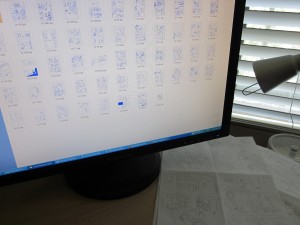
Thumbnails for Polterguys Vol. 1
Apologies for the lack of weekly updates recently! I’ve been fairly heads down working on thumbnails from the latest draft of my story. Last week, I sent the completed set of rough thumbs to a few friends willing to read my semi-legible chicken scratches and I’m so grateful for all their fantastic feedback. (Take note, get patient friends if you want to write a comic!) For this second set, I managed to clock in at 6 chapters totaling about 160 pages (a fairly sizable chunk of work) which may not be necessarily used after all.
Come again?! (You might have just thought.)
What a waste! All that work for nothing! (Perhaps?)
Well, I like to think it wasn’t. (Well yeah, still trying to convince myself it wasn’t.*)
Especially since I was able to present the story in some visual form to my peers and this in turn helps them “see” the comic better than if I had given them a script. There are cues like setting, panel and page compositions, character expressions and gestures I wanted to include which I don’t bother putting in my scripts because I’m the only one that sees them.
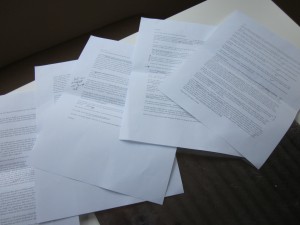
I found the feedback to be incredibly helpful and informative. It can be terrifying putting yourself out there and maybe even depressing to get a lot of notes, but one way to think about them is like a being given a roadmap, with points designated to help me get where I need to go. Reach out to those points and the story will get better.
There were a lot of similar comments (which tells me these are urgent elements I need to address) but also a good show of support for the premise (which fuels my desire to do it justice!) My friends who have been privileged enough to have read an earlier draft noted an overall improvement from the first set of thumbnails so it is (if nothing else) moving in the appropriate direction.
Yesterday was a particularly productive story session with my writing partner, Nathan because we were able to come up with something to infuse the story with a little more OOMPH (that it’s been lacking so far). And when I say productive, I mean after six hours of thinking about story issues, one of us finally managed to bring up something that could work. (Those Eureka moments are few and far in between but when you get them, they are a terribly wonderful!) Unfortunately, thanks to that Eureka idea, the set of thumbnails I worked on for the better part of the last two weeks no longer make sense.
So you see where I am now right?
I have so much respect for the people who do this work and do it fabulously and that admiration just grows everyday.
Until the next set, friends!
—
*Step one was this blog entry.**
**Actually no, step one was a bunch of Dr. Who and Torchwood episodes. Step two was this blog entry.

